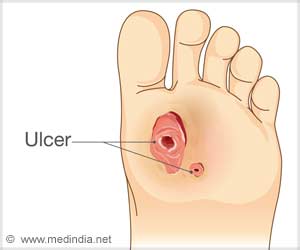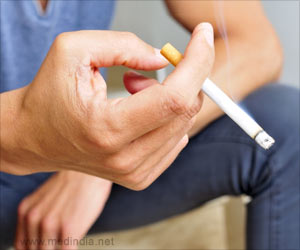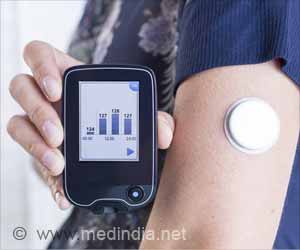
UC Irvine was among eight academic medical centers nationwide chosen to participate in the three-year effort, funded by the National Institute of Diabetes and Digestive & Kidney Diseases, a branch of the National Institutes of Health, and the American Diabetes Association.
"This is the first-ever study to show you can reduce obesity and other risks for type 2 diabetes in kids and do it in schools with at-risk, high-ethnic-minority populations," said pediatrics professor Dr. Dan M. Cooper, UCI's principal investigator for HEALTHY. "It emphasizes that schools can have a tremendous positive impact on a child's health."
Because type 2 diabetes disproportionately affects minorities and low-income people, the study was conducted in U.S. schools with high enrollments of minority children – 54 percent Latino and 18 percent African American, on average – and kids from low-income families. UCI partnered with middle schools in the Long Beach Unified School District: Bancroft, DeMille, Hoover, Hughes, Marshall and Stephens.
Nationwide, 4,603 students in 42 middle schools were tracked from the beginning of sixth grade through the completion of eighth grade. Half the schools were randomly chosen to implement the study's "intervention" program of longer gym classes, more nutritious food choices, classroom education units and other schoolwide activities encouraging healthy behaviors.
The "comparison" schools got no specific intervention but did receive discretionary funds for food options and physical activities of their own choosing. Parents at all UCI-participant schools were given written feedback on student health screenings and notified if their children were found to be at high risk for diabetes.
Advertisement
At the end of the study, researchers found that the then-eighth-grade students in intervention schools who had been overweight or obese in sixth grade had a 21 percent lower rate of obesity than their counterparts in comparison schools. Students at intervention schools also had lower average levels of fasting insulin and smaller average waist circumferences.
Advertisement
"Although more research is needed to better understand why all schools showed improvement, a possible explanation is that comparison school parents were informed of their children's risk and may have made healthy changes on their own," Cooper said. "Plus, comparison schools volunteering to be in the study did so out of concern for the health of their student body and may have later made independent changes in the school environment."
Over the course of the study, intervention schools provided students with low-fat, high-fiber foods and more fruits and vegetables, with an emphasis on water, low-fat milk and drinks with no added sugar. These students also had longer, more intense periods of physical activity – defined as achieving a heart rate of at least 140 beats per minute, with a target of 150 minutes or more of such activity every 10 days. And they were involved in highly interactive, small-group classroom activities and awareness campaigns promoting long-term healthy behaviors.
Source-Eurekalert















